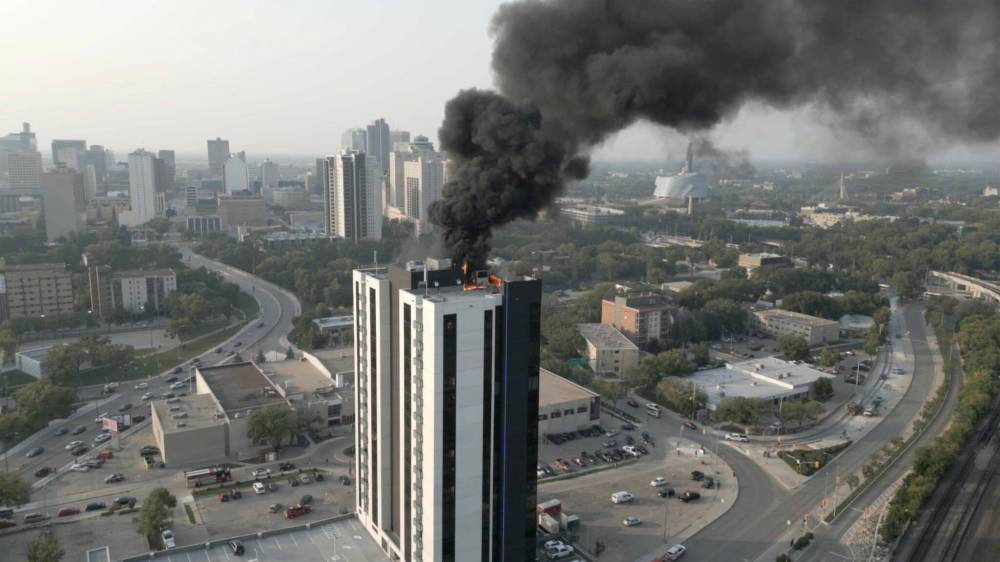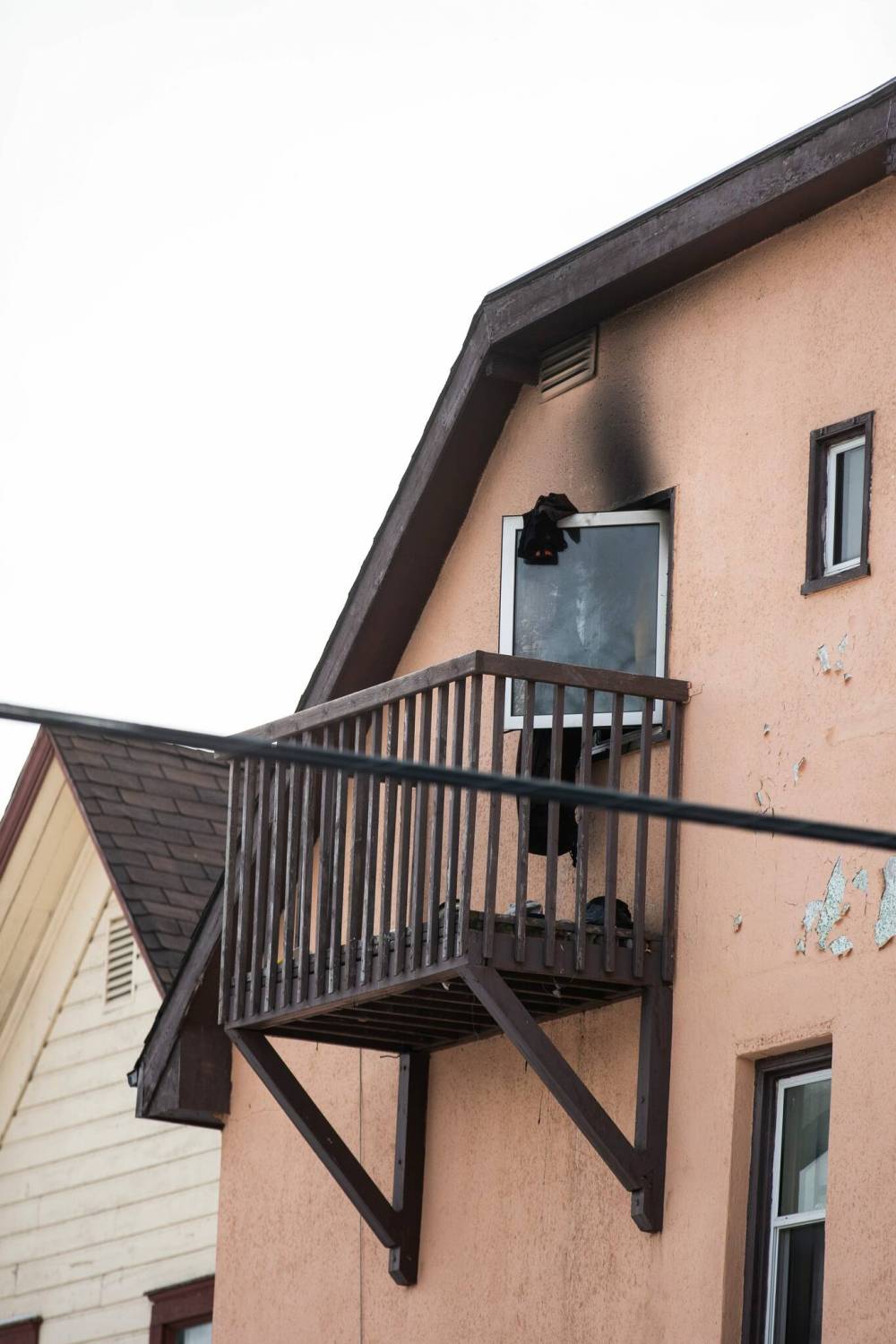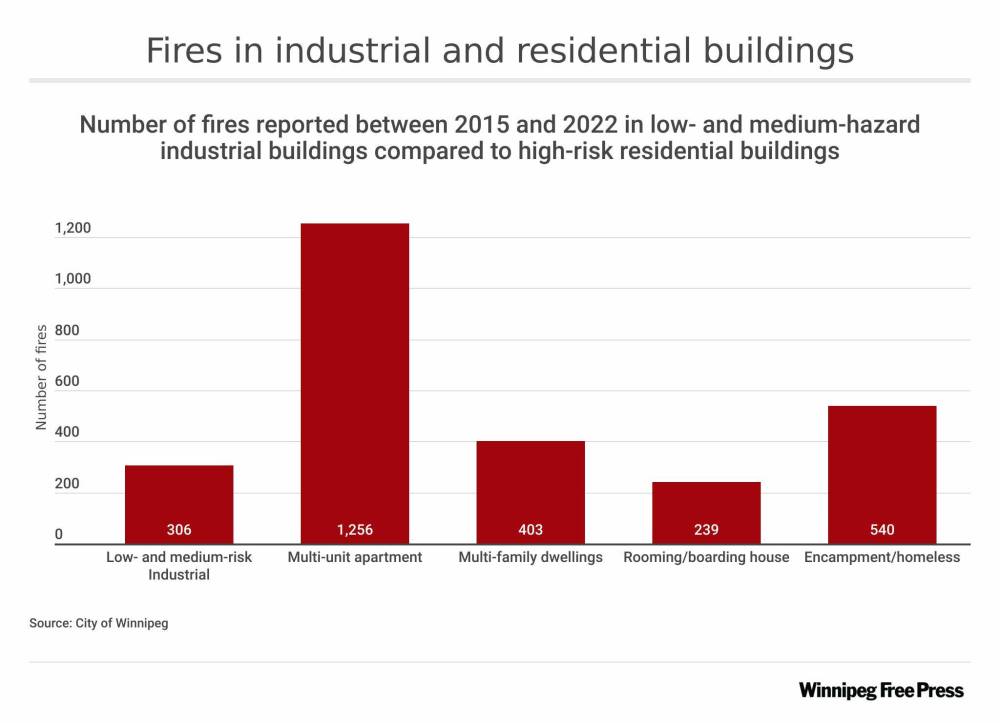City eyes prioritizing apartments in fire inspection resource shift
Advertisement
Read this article for free:
or
Already have an account? Log in here »
To continue reading, please subscribe:
Monthly Digital Subscription
$1 per week for 24 weeks*
- Enjoy unlimited reading on winnipegfreepress.com
- Read the E-Edition, our digital replica newspaper
- Access News Break, our award-winning app
- Play interactive puzzles
*Billed as $4.00 plus GST every four weeks. After 24 weeks, price increases to the regular rate of $19.00 plus GST every four weeks. Offer available to new and qualified returning subscribers only. Cancel any time.
Monthly Digital Subscription
$4.75/week*
- Enjoy unlimited reading on winnipegfreepress.com
- Read the E-Edition, our digital replica newspaper
- Access News Break, our award-winning app
- Play interactive puzzles
*Billed as $19 plus GST every four weeks. Cancel any time.
To continue reading, please subscribe:
Add Free Press access to your Brandon Sun subscription for only an additional
$1 for the first 4 weeks*
*Your next subscription payment will increase by $1.00 and you will be charged $16.99 plus GST for four weeks. After four weeks, your payment will increase to $23.99 plus GST every four weeks.
Read unlimited articles for free today:
or
Already have an account? Log in here »
Hey there, time traveller!
This article was published 09/01/2024 (654 days ago), so information in it may no longer be current.
A new report calls on the city government to increase fire inspections in multi-unit residential buildings across Winnipeg, where deaths related to apartment blazes remain among the highest in the country.
The report recommends the City of Winnipeg redirect fire prevention staff tasked with checking low- and medium-hazard industrial buildings every three to five years to boost inspections of multi-occupancy residential buildings and homeless encampments.
The report says the main reason for the switch is because places where people live have “a statistically higher fire risk” than industrial buildings, which include warehouses and other structures that contain a low amount of combustible material.
From 2015 to 2022, there were 306 fires at low- and medium-hazard industrial buildings and 1,961 at multi-unit residential dwellings.
The industrial fires injured 16 people. There were 374 injuries and 22 deaths in the residential blazes.
As well, there were 540 reported fires at encampments last year (to the end of October) and the number of visits by city inspectors has grown annually from 13 in 2021 to 539 in 2023 (as of Sept. 15).
Tameem Safi photo A fire at the downtown high-rise apartment building at 221 Stradbrook in August forced 200 tenants to flee for safety.
Eli Wild was one of the 200 tenants forced to flee a fire at a downtown high-rise apartment on Stradbrook Avenue in August.
Wild, who is now living in another high-rise, said Tuesday she is glad buildings with multiple residential units could soon be the subject of regular inspections.
“It wouldn’t hurt,” she said. “They still haven’t told us the cause of the fire and whether what happened could have been found by an inspection, but it can’t hurt to have more eyes on it.”
The report will be viewed at Wednesday’s civic community services committee meeting.
Coun. Evan Duncan, committee chairman, said the switch is being recommended to put city resources where they will have the greatest impact.
“They still haven’t told us the cause of the fire and whether what happened could have been found by an inspection, but it can’t hurt to have more eyes on it.”–Eli Wild
Duncan said the number of inspections in industrial areas was increased in 2014, in the wake of a large fire at a fuel plant in St. Boniface in 2012. However, through the years, the Winnipeg Fire Paramedic Service realized that level of attention wasn’t needed, he added.
“Focusing on these industrial areas wasn’t focused on the right area,” Duncan said. “This will give us an opportunity to make high-risk areas safer.
“We want everyone to have a safe place to live.”
The proposal would require full city council approval to be put into action.
Meantime, the founder of St. Boniface Street Links social advocacy group said she believes redeploying inspectors to higher-risk residential buildings and homeless encampments will help all members of the public.
“I think it’s a little bit more forward-thinking and a better way of utilizing much-needed resources in an environment where we are short of resources,” Marion Willis said. “Redirecting the resources to more vulnerable sections is a very good idea.”
Molly McCracken, director of the Manitoba chapter of the Canadian Centre for Policy Alternatives, agreed.
“It is positive that the city will be prioritizing fire inspections of multi-residential units and encampments,” she said. “However, the solution to the risks at these sites is to improve the social and economic circumstances of the tenants through outreach and the creation of public housing with wrap-around supports for tenants with complex needs.”
MIKAELA MACKENZIE / WINNIPEG FREE PRESS FILES From 2015 to 2022, there were 1,961 fires at multi-unit residential dwellings, resulting in 374 injuries and 22 deaths.
As for those tasked with tackling property blazes as they arise, Tom Bilous, president of the United Fire Fighters of Winnipeg, said his view is always towards safety.
“I can only surmise that more frequency of inspections will lead to greater compliance,” Bilous said. “At the end of the day, prioritizing the biggest threat to firefighters and citizens is what we should do.
“Life, compared to property, is our main concern.”
WFPS assistant chief, community risk reduction Lisa Gilmour said the service wants to put its resources where the number of fires, deaths and injuries can be reduced.
“We’re really just focused on making buildings safer for people,” Gilmour said. “We are definitely hoping if we can focus on these high-risk fires it will help decrease the deaths.”
Inspectors are tasked, among other things, with making sure a building’s alarm systems are operating, there are fire extinguishers in place and there are access and egress routes for tenants, she said.
“With encampments, when we walk through we see a lot of fire and safety risks,” she said. “But a lot of times it is just more, ‘This (should go) over there and put this away from the tent.’”
kevin.rollason@freepress.mb.ca

Kevin Rollason is a general assignment reporter at the Free Press. He graduated from Western University with a Masters of Journalism in 1985 and worked at the Winnipeg Sun until 1988, when he joined the Free Press. He has served as the Free Press’s city hall and law courts reporter and has won several awards, including a National Newspaper Award. Read more about Kevin.
Every piece of reporting Kevin produces is reviewed by an editing team before it is posted online or published in print — part of the Free Press‘s tradition, since 1872, of producing reliable independent journalism. Read more about Free Press’s history and mandate, and learn how our newsroom operates.
Our newsroom depends on a growing audience of readers to power our journalism. If you are not a paid reader, please consider becoming a subscriber.
Our newsroom depends on its audience of readers to power our journalism. Thank you for your support.
History
Updated on Tuesday, January 9, 2024 6:34 PM CST: Parts of article updated




